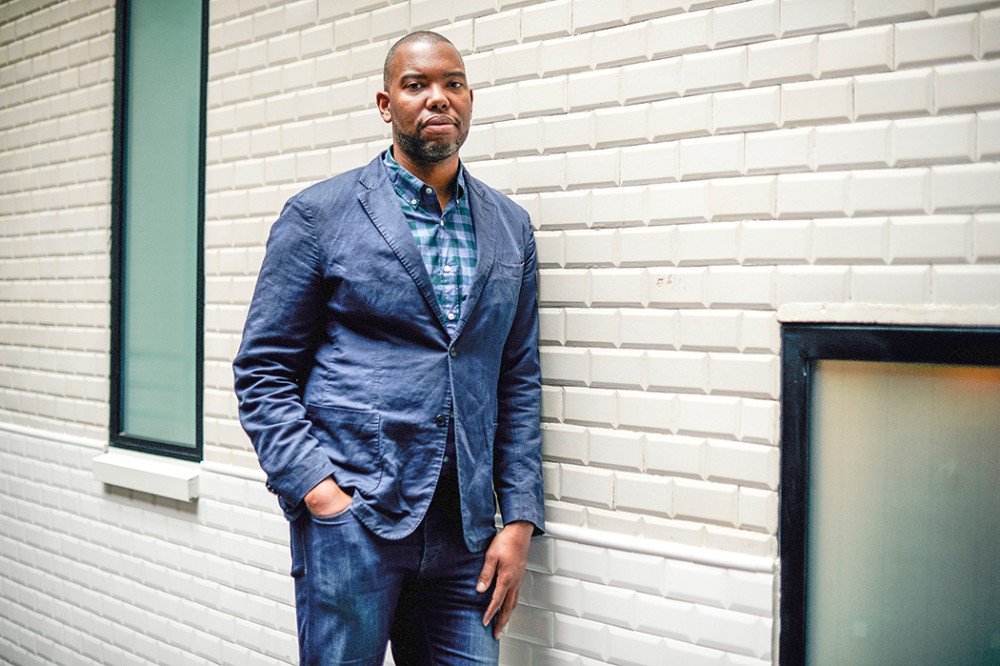Between the world and Ta-Nehisi Coates
How did an Afro-pessimist who doesn't believe in hope become the darling of white liberals?

In 2007, eight years before his book Between the World and Me catapulted him to prominence, Ta-Nehisi Coates was unemployed, a college dropout, and a struggling writer. He had just lost his third job in seven years, and in nine years of marriage he had never contributed a significant income to his family.
Then Barack Obama launched his bid for the presidency, and Coates found something fascinating to write about. He disliked Obama’s comfort with white people, cringed at Obama’s idealistic rhetoric, and didn’t believe the election of a black president was possible. He doubted that Obama was really black, judging by the hordes of whites that applauded him, but he acknowledged the contrary evidence: Obama affirmed his black identity, spoke the language of South Side Chicago, and was married to a strong black woman.
To Coates, Obama was a contradiction. Somehow, Obama affirmed his racial identity and expressed affection for white Americans without fawning over them. It seemed to Coates that Obama had created a new way of being and speaking. It worked for Obama, despite making no sense: “White people were enchanted by him—and those who worked in newsrooms seemed most enchanted of all. This fact changed my life. It was the wind shifting, without which my curiosity would’ve stayed my own.”





